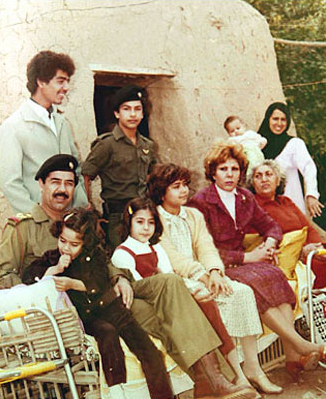
Saddam Hussein was born in a mud brick house to a family of sheep-herders in Tikrit, Iraq on April 28, 1937. He grew up in the town of Al Dawr, a mud brick town on the banks of the Tigris River.
Iraq is home to some of the most enduring wonders built in mud from the ancient world include the Ziggurat at Ur and the Ctesiphon Arch, the largest single-span vault of un-reinforced mud brick in the world. Adobe dwellings in Iraq date back as far as 8000 b.c. and the earliest known form molded adobe blocks are also in Iraq (5600 b.c).
The ruins of the ancient city of Babylon are also found in Iraq. Herodotus, the ancient Greek scholar, was so wowed that he wrote Babylon “surpasses in splendor any city in the known world.” Most of the splendor was made from mud and virtually all buildings in Babylon are constructed in mud brick. It was been an old Mesopotamian custom to impress the bricks, mainly those destined for public buildings, with the king’s seal.
Saddam Hussein wanted to be seen as the modern version of Nebuchadrezzar the Great, who ruled Bablyon in the 6th Century B.C.E. and is famous for bringing the city back to power and prosperity after a century of foreign rule by the Assyrian Empire. To make the connection clear, Saddam had a historically incorrect version of a 6th Century temple built atop the ruins of Nebuchadnezzar’s old temple. Walls more than 12 meters high and stamped with Saddam’s name replaced the stumpy mounds of biblical-age mud. Just as the ancient temple’s bricks bore the old king’s name, the new bricks said, “This was built by Saddam Hussein, son of Nebuchadnezzar, to glorify Iraq.” Following this, Saddam built a copy of a Sumerian ziggurat built on the mud brick ruins of the city. Modern archeologists frowned heavily upon him for building on top of old ruins.
Saddam Hussien was executed today, December 30, 2006 for crimes against humanity.
